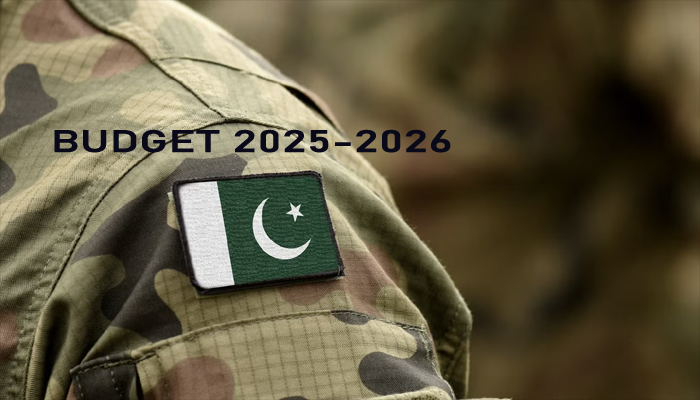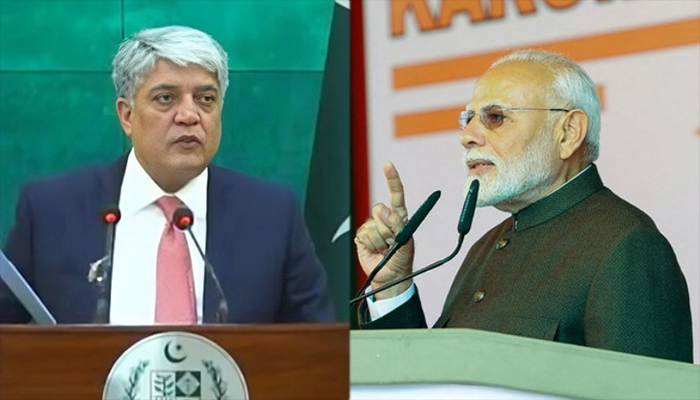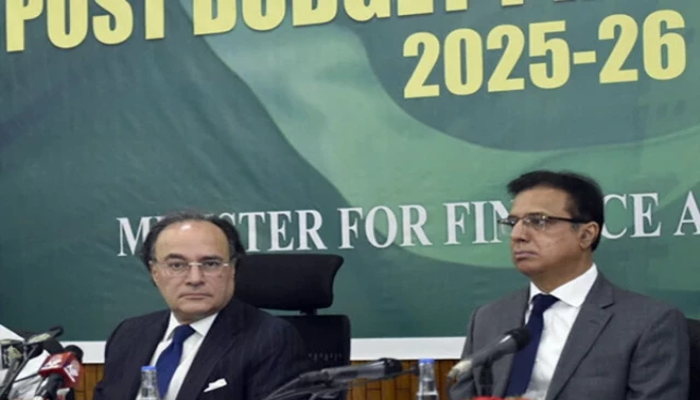ISLAMABAD: The federal government has allocated a staggering Rs8.206 trillion for debt servicing in the Budget 2025-26, which accounts for 46.7% of the total outlay of Rs17.573 trillion, highlighting the significant pressure of loan repayments on Pakistan’s economy.
This massive allocation includes both interest payments and repayment of principal amounts on domestic and foreign debts. Although the allocation is slightly lower than the Rs9.775 trillion earmarked in the outgoing fiscal year (later revised to Rs8.945 trillion), debt servicing remains the largest single expenditure item in the national budget.
According to budget documents, Rs1.009 trillion has been earmarked as mark-up on foreign debt for FY2025-26, compared to the revised estimate of Rs1.038 trillion for the ongoing year. The government has allocated Rs7.197 trillion for domestic interest payments, down from the revised Rs7.906 trillion and initially budgeted Rs8.736 trillion in FY2024-25.
The shift reflects slight relief on domestic borrowing costs but also underscores the persistent challenge of managing the ballooning public debt.
As of end-March 2025, Pakistan’s total public debt had climbed to Rs76,007 billion, registering a 6.7% increase or Rs4,761 billion from Rs71,246 billion on June 30, 2024. This continuous rise in debt has raised concerns about fiscal sustainability and the country’s ability to invest in development and social sectors.
With nearly half the budget consumed by debt repayments, fiscal space for infrastructure, education, healthcare, and subsidies remains constrained. Economists argue that without meaningful reforms in revenue generation and expenditure control, Pakistan will continue to face a cycle of borrowing and repayment, risking long-term financial instability.
The budget figures underscore the urgent need for structural reforms, broadening the tax base, and reducing reliance on expensive domestic and foreign loans to achieve sustainable economic growth.









